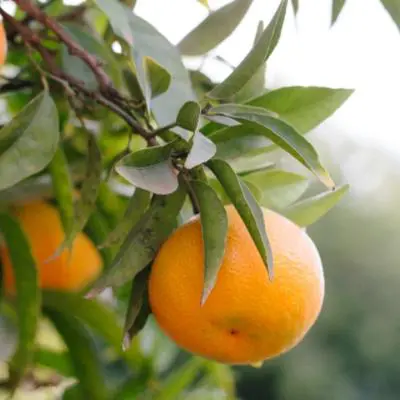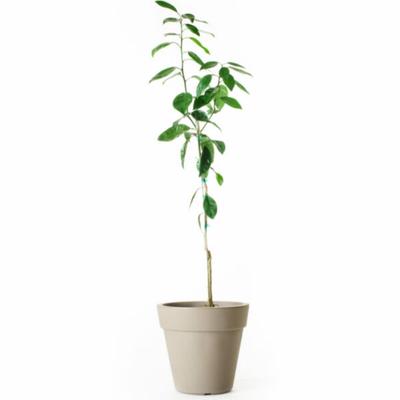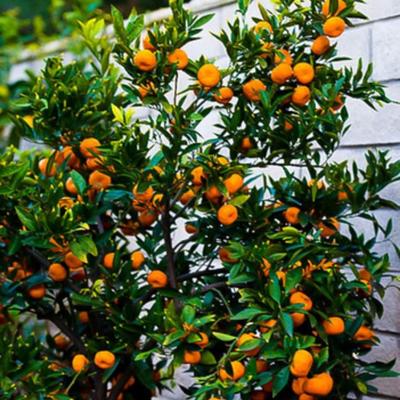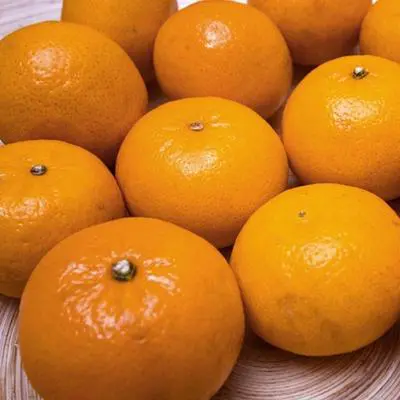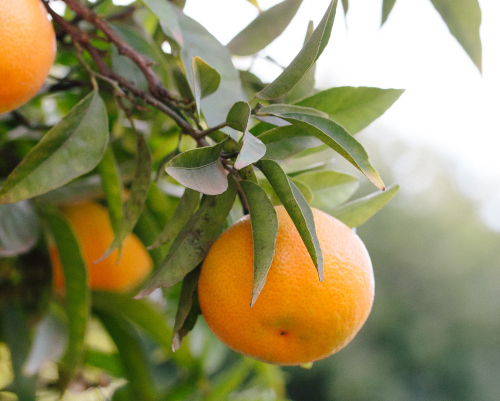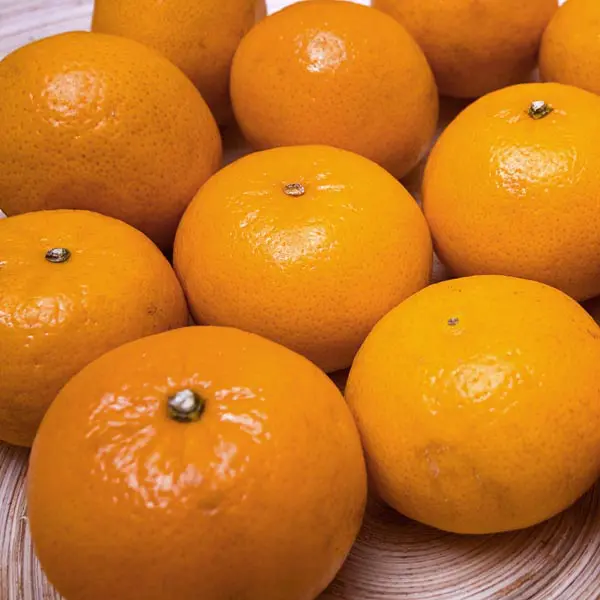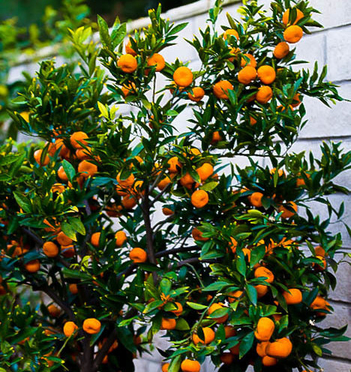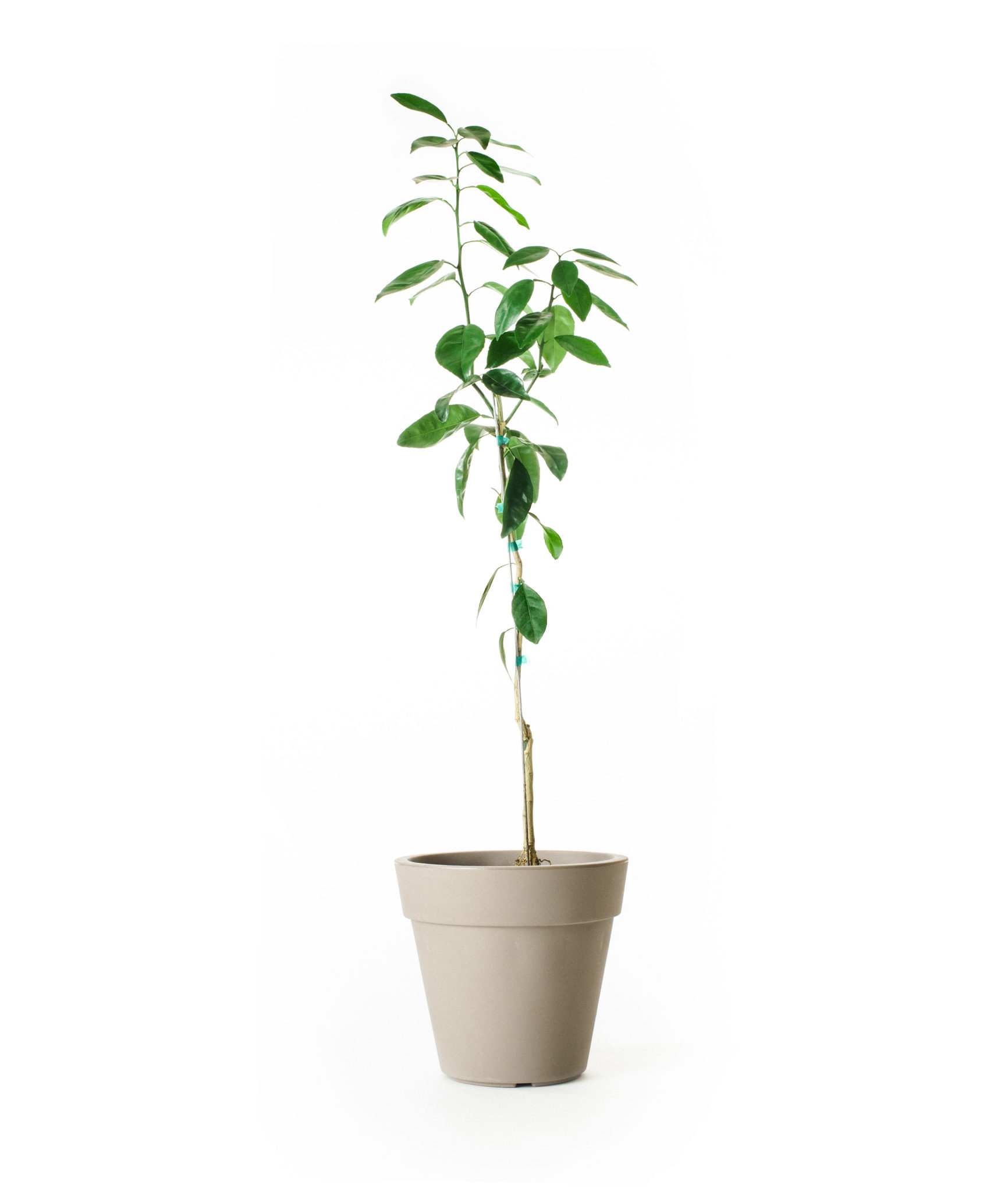Description
The Miho Satsuma Tree is a type of seedless Mandarin tree that can withstand temperatures down to 10 degrees Fahrenheit
The Miho Satsuma Tree is a type of seedless Mandarin that has been bred to withstand temperatures as low as 10 degrees Fahrenheit. Miho Satsumas are easy to peel, have thin skin, and since they have no seeds, are a favorite to eat out of hand. Their cold-hardy nature allows you to grow this small tree in the ground in USDA Zones 8 to 10, and in a container in colder areas.
The fruit is small, bright orange, and the perfect blend of sweet and tart. Like their fruit, the Miho Satsuma Tree is also considered small, and will only reach a mature height of about 12 feet. You can even keep the tree smaller by pruning, or growing it in a container. This combination of a smaller citrus tree with the ability to tolerate colder winter temperatures has made the Miho Satsuma a perfect choice for many household gardeners.

